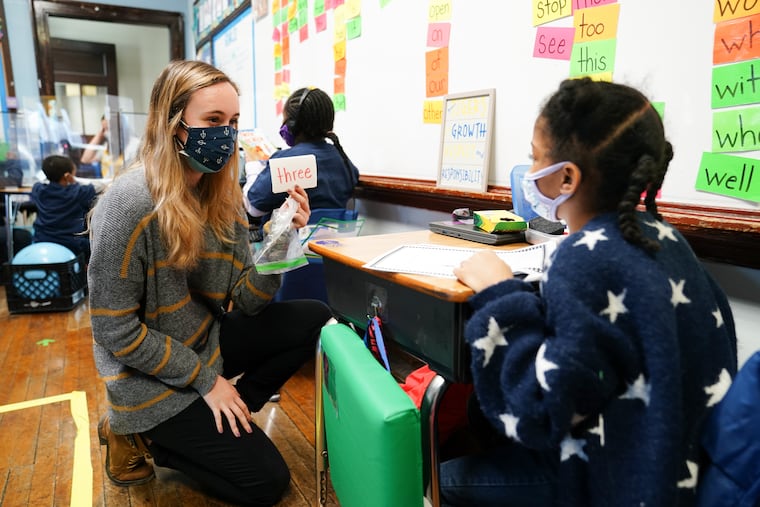As the Philly School District struggles to reopen, some city charters have brought kids back. But they haven’t rushed it.
The role of teachers’ unions has loomed large in the charged national debate over reopening, but Philadelphia’s charters demonstrate there isn’t a lone factor dictating who’s back in classrooms.
